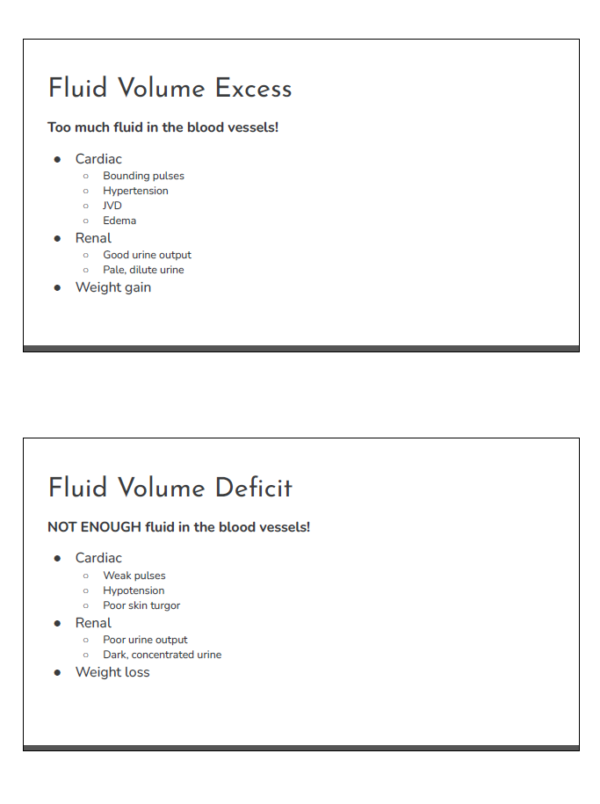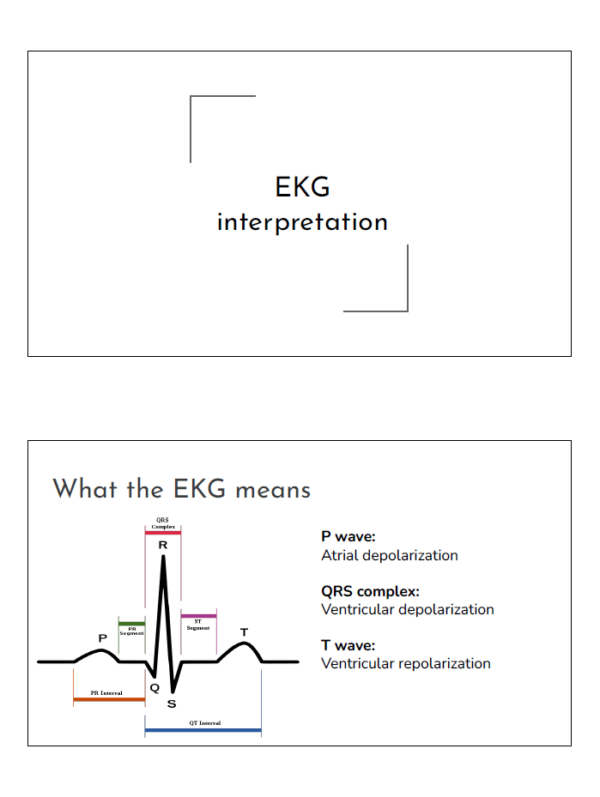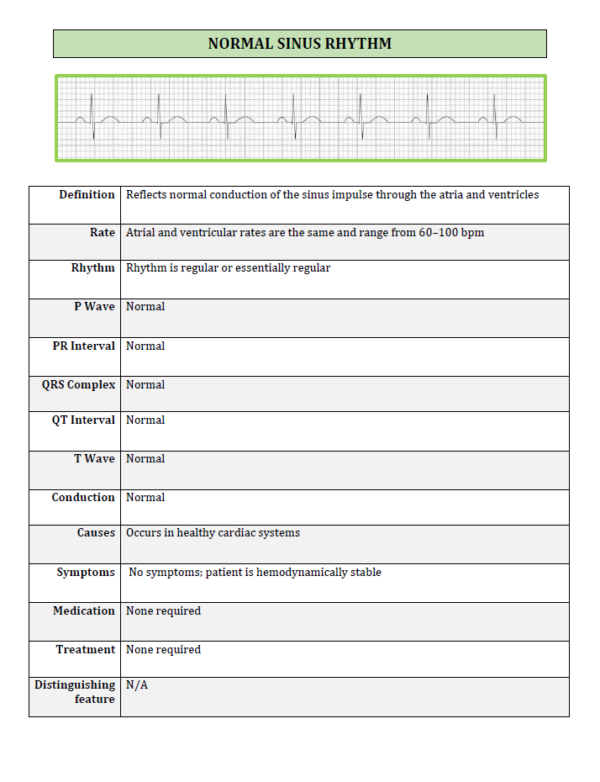EKG Changes with Electrolyte Abnormalities: A Quick Reference Guide
This document provides a detailed guide on how electrolyte imbalances, such as hyperkalemia, hypokalemia, hypermagnesemia, hypomagnesemia, hypercalcemia, and hypocalcemia, manifest in EKG readings. It explains key changes to watch for, including variations in P waves, PR intervals, QRS complexes, and T waves. With insights into associated risks like ventricular fibrillation and torsades de pointes, this guide is ideal for healthcare professionals seeking to improve their understanding of EKG interpretation in relation to electrolyte disturbances.
Preview document (- of - pages)
$2.50
- 100% Guaranteed Satisfaction
- Documents can be downloaded immediately
- No hidden fees
Specifications
School:
-
Course:
-
Subject:
-
Year of study:
-
Document
Section:
-
Made on:
October 5, 2024
Type:
.pdf
Pages:
-
Language:
English
Seller

You may also find these Examinations helpful
-
Fluids and Electrolytes: Sodium, Chloride, and Potassium Imbalances
Study Guides by NurseEducator on 05-10-2024This document provides a detailed overview of the role and regulation of sodium, chloride, and potassium in the body. It covers the causes, symptoms, and treatments for conditions such as... -
Fluids and Electrolytes: Understanding Fluid Balance and IV Fluids
Study Guides by NurseEducator on 05-10-2024This document covers essential concepts related to fluid balance, fluid volume excess and deficit, and the use of IV fluids in clinical practice. It explains the different types of IV... -
EKG Interpretation: Understanding Cardiac Rhythms and Dysrhythmias
Study Guides by NurseEducator on 05-10-2024This document provides a comprehensive guide to EKG interpretation, covering key cardiac rhythms such as normal sinus rhythm, bradycardia, tachycardia, heart blocks, and ventricular dysrhythmias. It explains the significance of... -
EKG Dysrhythmias: A Comprehensive Guide to Cardiac Rhythm Interpretation
Study Guides by NurseEducator on 05-10-2024This document provides a detailed overview of common EKG dysrhythmias, including sinus arrhythmias, atrial fibrillation, ventricular tachycardia, and heart blocks. It covers the defining characteristics of each rhythm, such as...

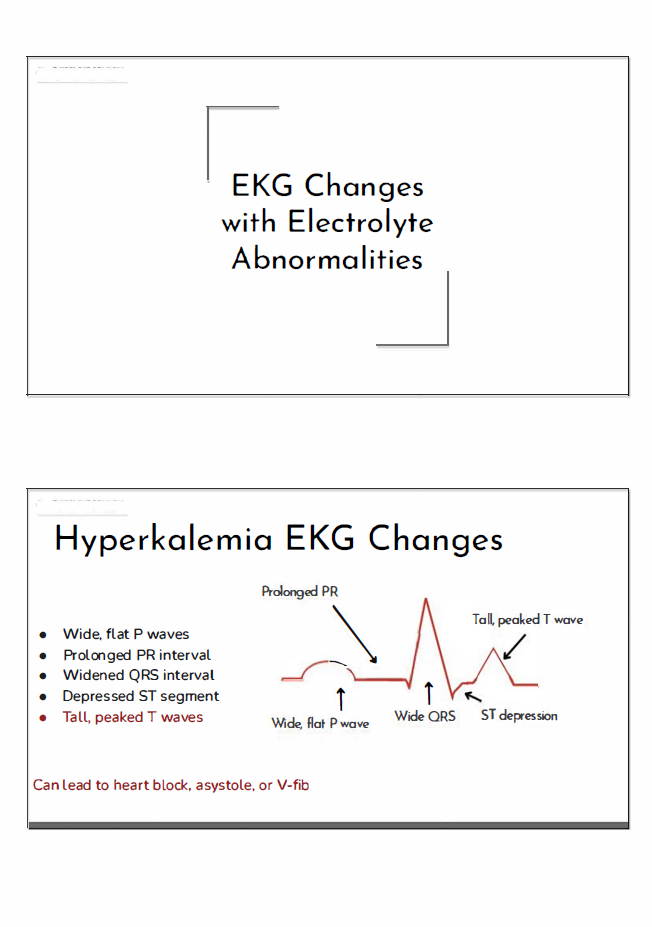
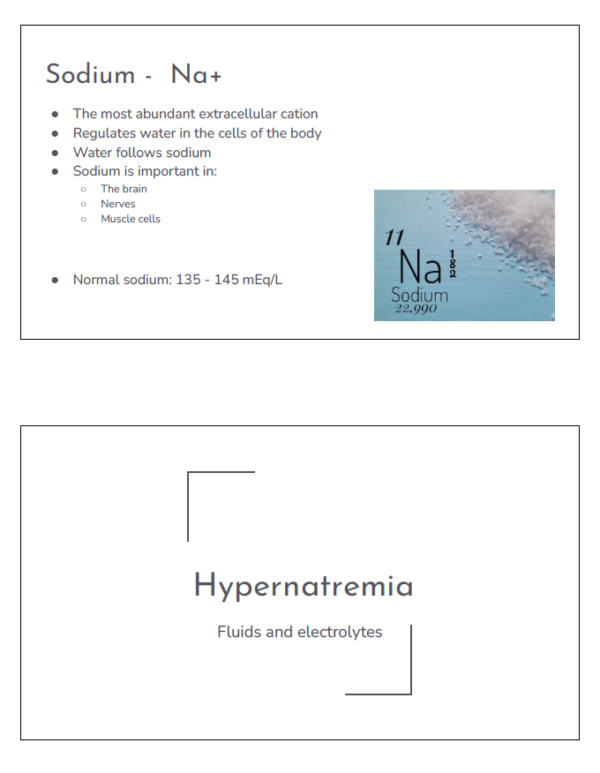
 32 Pages
32 Pages
